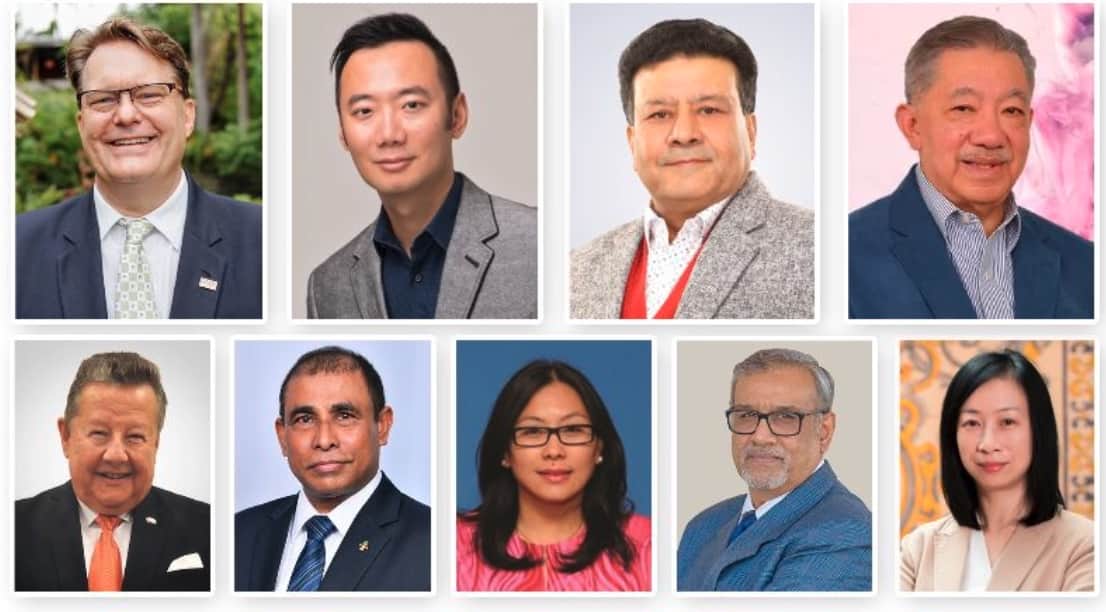Better days for poor communities close to Tanzania’s tourist circuits are in the offing, thanks to a proposed ambitious strategy that seeks to position a multi-billion-dollars tourism industry to foster the local economy.
The prospective integrated tourism and local economic development (LED) blueprint will come up with an apt mode of transferring tourists’ dollars into the pockets of a critical mass of ordinary folks living adjacent to the country’s northern, southern, western, and coastal tourist circuits.
United Nations Development Program (UNDP) Tanzania through its Green Growth and Innovation Disruptions project is in collaboration with the Tanzania Association of Tour Operators (TATO) and UNWTO supporting the preparation for the integrated tourism and LED strategy.
The blueprint seeks to enhance the recovery of tourism from the COVID-19 pandemic and identify ways for both businesses and communities to benefit from the tourist attractions and in turn dedicate themselves to sustainable conservation of the assets.
It will also capacitate all actors in the entire tourism value chain to become competitive, resilient, and effectively integrated into the industry.
The strategy will focus on growth, poverty reduction, and social inclusion, as it will promote participation, dialogue, and connect people to surrounding resources for decent employment and quality life for both men and women.
“Clearly, one key aspect of sustaining the enormous benefits and contribution of tourism to the economy is to ensure local ownership and traction on tourism development strategies,” said Dr. Josaphat Kweka, the CEO and Lead Consultant at Talanta International Limited which is preparing the document.
“That is, the sustainability of tourism assets depends significantly on the extent to which the surrounding local community appreciates and benefits directly or indirectly from its development or growth,” Dr. Kweka told a stakeholder meeting in Arusha recently, stressing:
“A strategy for ensuring tourism stirs the local economic development is of utmost importance.”
Gracing the key players’ strategic meeting on the roadmap for the blueprint, the UNDP Tanzania Resident Representative, Ms. Christine Musisi, underscored the need for involving communities adjacent to the tourism circuits not only in conservation drives but also in sharing benefits arising from the industry.
“As UNDP, we envision that the LED strategy can catalyze transformative change by enhancing forward and backward linkages within the tourism ecosystem through job creation, stimulating innovative business models, and contributing to livelihoods,” Ms. Musisi said.
In developing the strategy, she explained, UNDP will collaborate with UNWTO and TATO, and will be guided by the government on how best the plan will be implemented once it is formulated.
سياحت تنزانيا کي سٺيون نوڪريون پيدا ڪرڻ، پرڏيهي مٽاسٽا جي آمدني پيدا ڪرڻ، قدرتي ۽ ثقافتي ورثي جي تحفظ ۽ سار سنڀال جي حمايت لاءِ آمدني فراهم ڪرڻ، ۽ ترقياتي خرچن ۽ غربت جي گھٽتائي جي ڪوششن کي فنانس ڏيڻ لاءِ ٽيڪس بنياد کي وڌائڻ لاءِ ڊگهي مدي واري صلاحيت پيش ڪري ٿي.
The latest World Bank Tanzania Economic Update, Transforming Tourism: Toward a Sustainable, Resilient, and Inclusive Sector highlights tourism as central to the country’s economy, livelihoods, and poverty reduction, particularly for women, who make up 72 percent of all workers in the tourism sector.
Tourism can empower women in multiple ways, particularly through the provision of jobs and through income-generating opportunities in small and larger-scale tourism and hospitality-related enterprises.
As one of the industries with the highest share of women employed and entrepreneurs, tourism can be a tool for women to unlock their potential, helping them to become fully engaged and lead in every aspect of society.
UN agency says that as one of the largest and fastest-growing economic industries in the world, tourism is well-positioned to foster economic growth and development at all levels and provides income through job creation.
Sustainable tourism development, and its impact at the community level, can be linked with national poverty reduction goals, those related to promoting entrepreneurship and small businesses, and empowering less favored groups, particularly youth and women.
Experts say tourism can spur agricultural productivity by promoting the production, use, and sale of local produce in tourist destinations and its full integration into the tourism value chain.
In addition, agro-tourism, a growing tourism segment, can complement traditional agricultural activities. The resulting rise of income in local communities can lead to more resilient agriculture while enhancing the value of the tourism experience.
In real terms, tourism is a money-spinning industry in Tanzania as it creates 1.3 million decent jobs, and generates $2.6 billion annually, equivalent to 18 as well as 30 percent of the country’s GDP and export receipts, respectively.
However, transferring dollars accrued from international tourists to poor people near the tourist attractions has been an elephant in the living room no one wants to talk about.
For instance, lots of dollars are generated from Tanzania`s world-famous northern tourist circuit, but very little trickles down into the pockets of ordinary people living in its vicinity.
According to the SNV study dubbed “Tracing the Tourism Dollar in Northern Tanzania”, while the northern safari circuit attracts 700,000 tourists with combined revenues of nearly $950 million, only $171 million, equivalent to18 percent, goes to communities around through the multiplier effects.
تنهن هوندي به، UNWTO expert says cultural tourism is a key effective model for transferring tourists’ dollars to poor people than any other method.
“Offer complementary products as unique as possible by making optimal use of local knowledge, cultural attractions – traditional healers, handicrafts, cuisine – cooking classes, chameleons, birds, snake, and nightjar stories. Create win-win situations, focus on enhancing the length of stay and local expenditure through new activities,” the UNWTO expert, Mr. Marcel Leijzer, said.
The TATO Chairman, Mr. Wilbard Chambulo, said the strategy should also focus on how to increase the number of tourists visiting Tanzania, as its multiplier effects will certainly touch a critical mass of ordinary people.
TATO CEO, Mr. Sirili Akko thanked UNDP for generous support to the organization and tourism at the most critical moment and commended UNWTO for its staunch patronage of the industry.
“We thank our UN partners for the support and patronage and our Government for guidance, TATO remains a reliable partner for stimulating local content, especially on industry supply chain,” Mr. Akko noted.
ڇڏيندي
CAPTION; UNDP Tanzania Resident Representative, Ms. Christine Musisi addressing tourism players in Arusha.
هن آرٽيڪل مان ڇا وٺو:
- The blueprint seeks to enhance the recovery of tourism from the COVID-19 pandemic and identify ways for both businesses and communities to benefit from the tourist attractions and in turn dedicate themselves to sustainable conservation of the assets.
- As one of the industries with the highest share of women employed and entrepreneurs, tourism can be a tool for women to unlock their potential, helping them to become fully engaged and lead in every aspect of society.
- The prospective integrated tourism and local economic development (LED) blueprint will come up with an apt mode of transferring tourists' dollars into the pockets of a critical mass of ordinary folks living adjacent to the country's northern, southern, western, and coastal tourist circuits.























